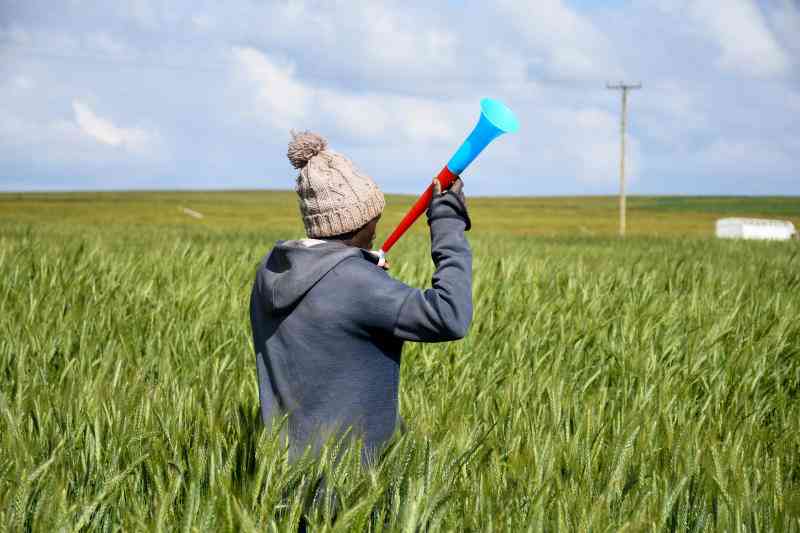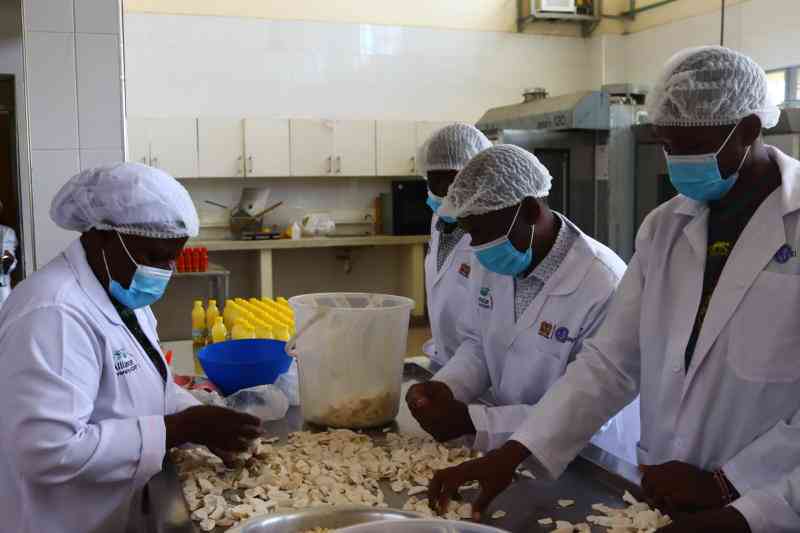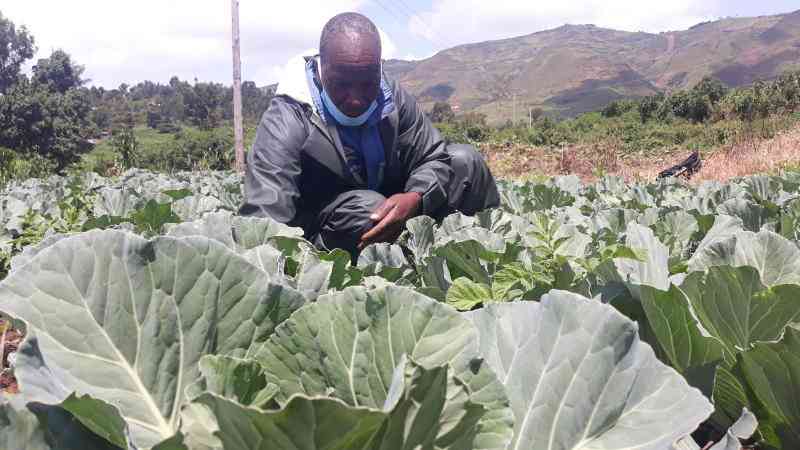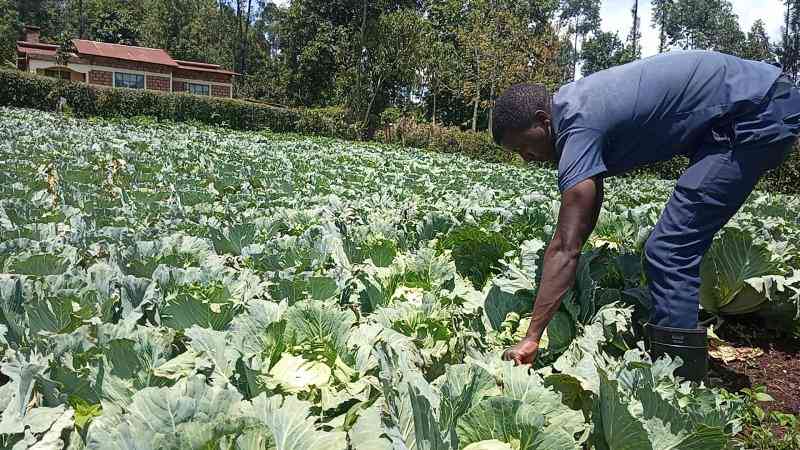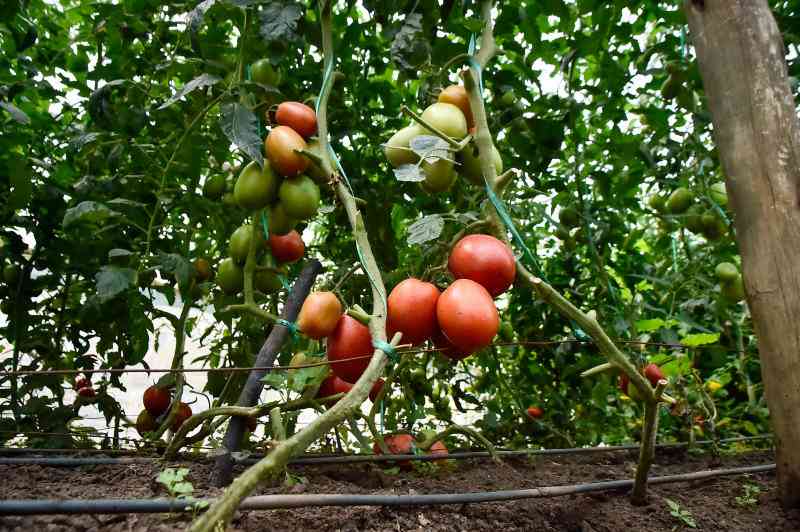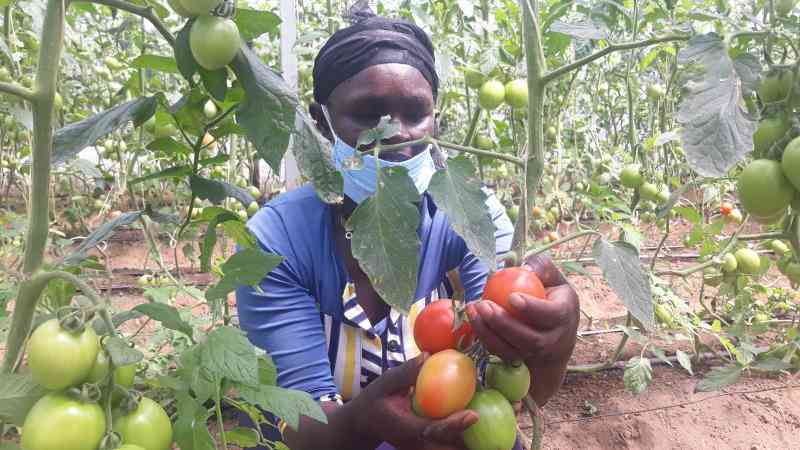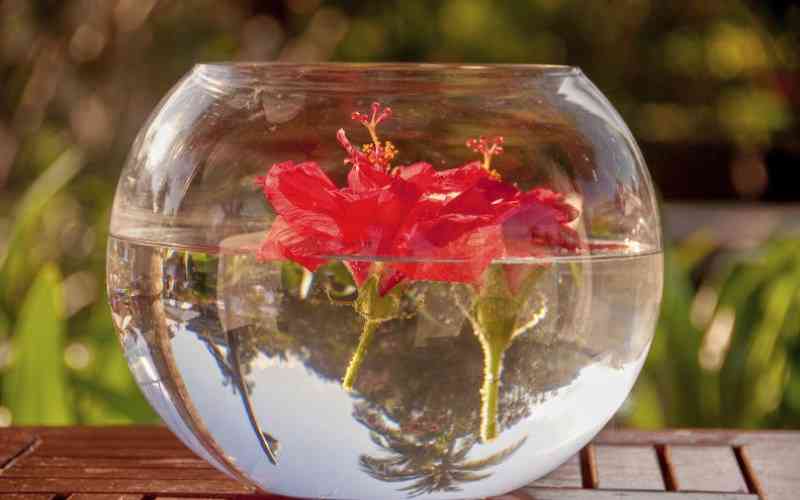
Hibiscus, a plant with colourful flowers, normally grows in the wild. However, a number of farmers are now domesticating it in Central and Western regions of Kenya. The trend is as a result of the discovery of the many health benefits derived from the plant.
There are hundreds of types of hibiscus, including herbs, shrubs, and trees, but the one grown for its many health benefits is known as roselle (Hibiscus sabdariffa). It has been used for centuries for decorative and medicinal purposes. People have used it to make extracts, teas, and supplements.
Hibiscus grows in tropical and subtropical regions. The flowers, seeds, leaves, and stems are all used for culinary, cosmetic, and medicinal preparations. According Healthline.com, raw hibiscus contains some carbohydrates, calcium, magnesium, potassium, vitamin C, and B vitamins. Hibiscus tea tends to be lower in nutrients but still offers many beneficial compounds.
These bioactive compounds appear to be primarily responsible for the purported health benefits of the plant.
Hibiscus contains anthocyanins, which are pigments that give the flowers their vibrant red colour. It also has flavonoids, phenolic acids, and organic acids. Many of these compounds act as antioxidants. As observed, the new kid on the block is herbal tea. Due to improved consumer preferences, tea companies are now embracing herbal teas to meet growing from health conscious customers. This has revolutionised the tea taking experience by consumers.
Health benefits
Hibiscus is one of the flavours now being incorporated in manufacturing of tea in companies. Some farmers however decide to just focus on a particular products and make the most out of it.
Mr Francis Miano farms and adds value to hibiscus for sale due to its any health benefits. He says the hibiscus variety known as roselle is a great plant that people are yet to fully discover. Based in Nyahururu, Miano has been in the business for ten years and he enjoys seeing how the plant is doing wonders to people's health. His business, Nature Health Garden, not only uses hibiscus, but also plants like moringa to produce organic products for its clients. His aim is to provide alternatives with health benefits.
"Hibiscus helps to prevent cancer because it is an anti-inflammatory. Anything that can make a tumour to shrink is something that can be used to manage cancer. It can also be used to control fibroids and blood pressure," says Miano.
Since he started adding value, he has been teaching other farmers how to grow roselle hibiscus and finding a market for them. The roselle plants are grown organically using only compost manure.
Both the hibiscus petals and calyxes can be harvested and put into use when dried. While germinating, the plant first produces a flower and after three weeks it forms a fruit with seeds which is covered by purple sepals and calyxes.
The plant does not require too much water as it can actually produce more during the dry seasons while growth is delayed during the cold season. The plant does not wither during the hot seasons. The hibiscus calyxes are best harvested when fully grown but still tender for drying which is mostly done under the sun to suck out the moisture. Before drying the calyxes, a farmer is advised to clean them in preparation for grinding and packaging.
"I educate people how to plant and its benefits, it is mostly grown in the western parts of the country and northern parts of Uganda. This is what is used in Southern Sudan, instead of taking the usual tea, this is what they take," says Miano.
You will mostly find hibiscus in tea bags, which most of the fibre has been extracted, but they can be made into different forms.
One plant can produce 200grams of calyxes. A 50-gram box contains 25 tea bags which retails at Sh330. He already has a good number of clients who say the product is sweet and calming. He is now working on getting accreditation from Kenya Bureau of Standards (Kebs).
"This is a great product for women as it can also manage issues of hormonal imbalance and ease menstrual cramps," says Miano.
Dried Hibiscus petals
The harvested petals are kept under the shade for two to three days before they are transferred to the sun.
"They are first kept under the shade to hold the nutrients and retain the moisture, from there they should be dried naturally under the sun," says Miano.
The petals will cringe or shrink to smaller sizes, then they can be packed and sold.
It can be consumed in different ways, hot or cold, by simply adding water or using it to make your tea.
"If you just want it in water, put some hibiscus in a glass, add water and leave it for some time to soak for product to release its nutrients. What you will have at the end is a liquid that is crimson red," says Miano.
Smoothies
It can also be added to porridge, fresh juices like mango and sugarcane, and it can also be used to make smoothies. The packed container which is about 250 grams is sold at Sh300. According to Miano, the hibiscus petals can also be used to produce red wine and jam when not dried.
For wine, hibiscus flower juice and liquid sugar are mixed together and stirred well after which yeast is added. The yeast aids fermentation. The mixture is then put in fermentation or maturation tanks where they are kept for at least six months when the wine matures and is ready to drink.
Hibiscus powder
This is done by taking the dried hibiscus petals and or calyxes and grinding them into powder, using a grinder. Still the powder can be used in the above mentioned ways, additionally, it can be used as a spice, and as a food colouriser.
It can as well be used on the skin as an exfoliant. A small tin of the powder is sold at Sh400.
 The Standard Group Plc is a multi-media organization with investments in media platforms spanning newspaper print
operations, television, radio broadcasting, digital and online services. The Standard Group is recognized as a
leading multi-media house in Kenya with a key influence in matters of national and international interest.
The Standard Group Plc is a multi-media organization with investments in media platforms spanning newspaper print
operations, television, radio broadcasting, digital and online services. The Standard Group is recognized as a
leading multi-media house in Kenya with a key influence in matters of national and international interest.


